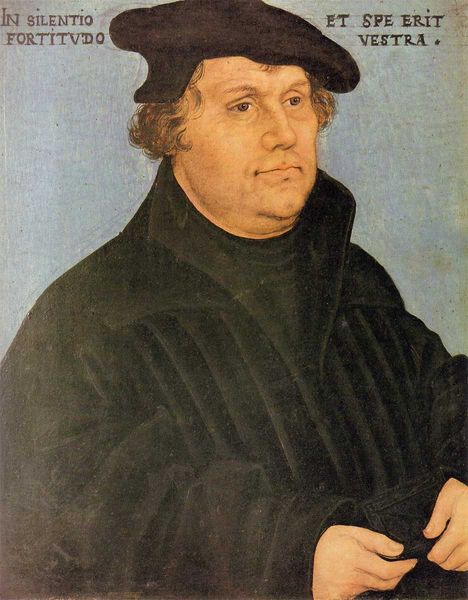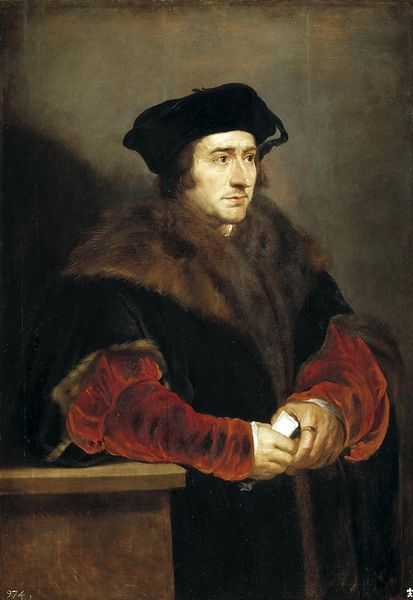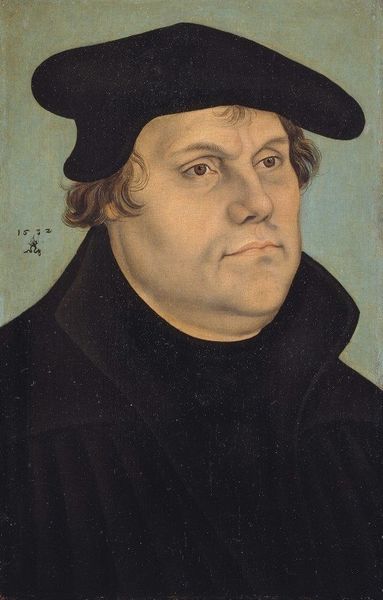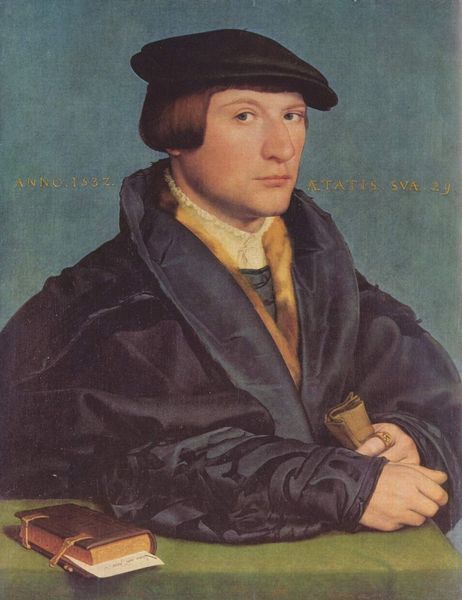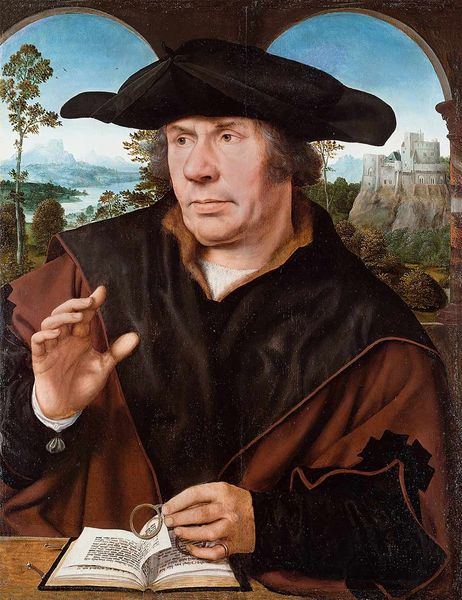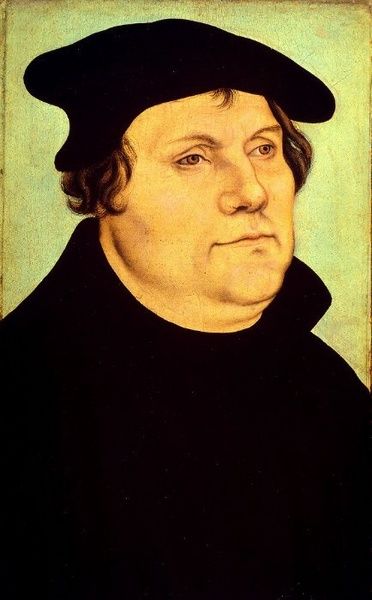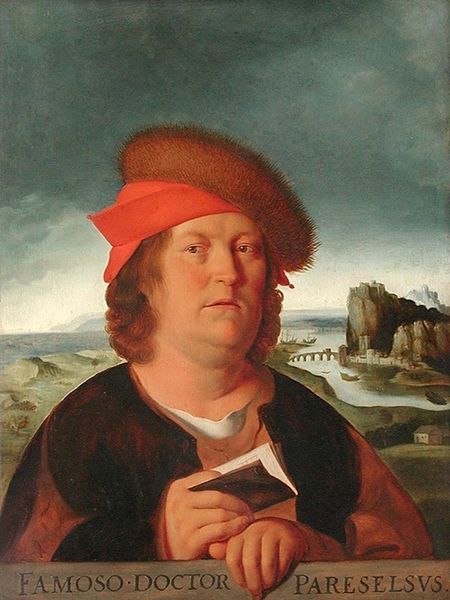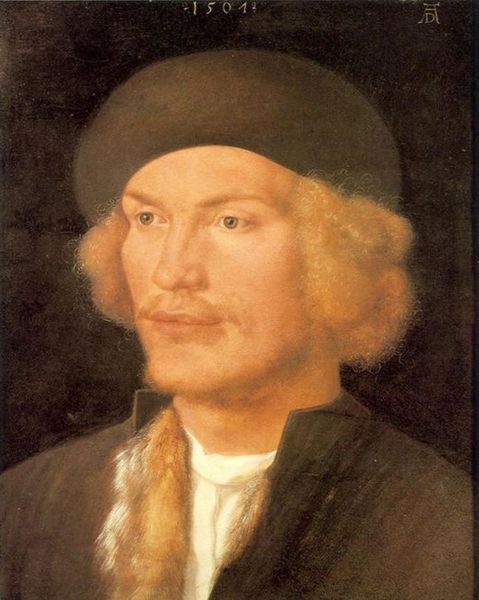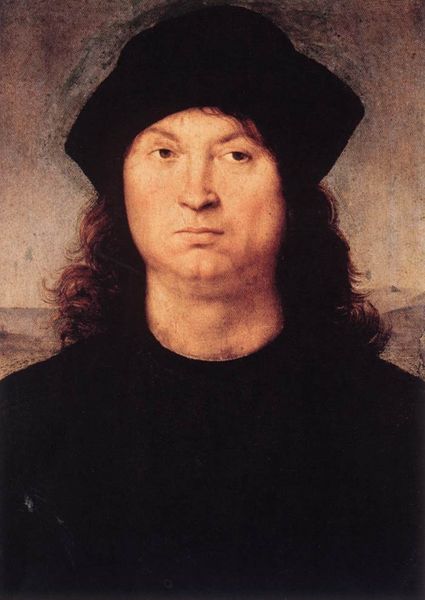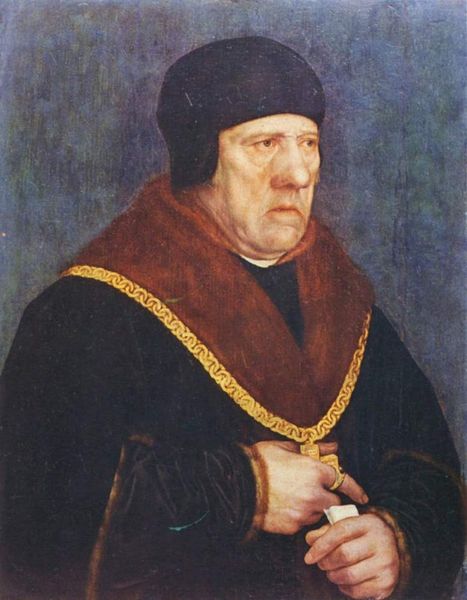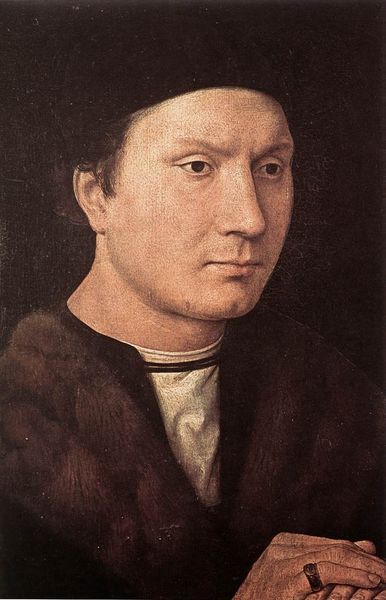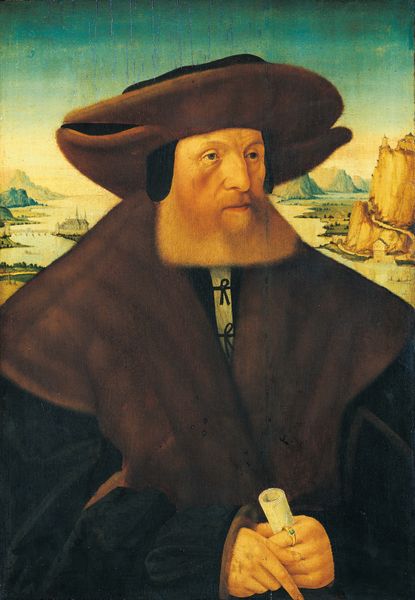
Copyright: Public domain
Curator: Albrecht Dürer's "Portrait of a Man," created in 1521, welcomes us. It's currently housed in the Isabella Stewart Gardner Museum in Boston. Editor: My first impression? An exercise in status. He looks prosperous and quite self-assured, almost defiant. Curator: Notice the rendering of form; Dürer utilizes the oil medium to its full capacity here. The light captures the minute textures of his fur collar, juxtaposed against the smoother finish of his face. What significance do you ascribe to this differentiation? Editor: Well, I'm immediately drawn to the materials themselves: the fur, undoubtedly costly and labor-intensive to procure, the fine cloth of his garments. It shouts wealth and privilege. How does the paint itself contribute to this narrative of opulence? Curator: Through light and shadow, oil paints build depth in the fur and dimensionality to the subject's face, lending dignity and gravitas. The interplay between lighter tones of amber and gold against the black contribute to the perceived texture and the hierarchical interplay of dark and light. Editor: I see a display of Northern Renaissance artistry serving a function. Someone worked hard for those furs; somebody else worked hard to tailor his coat; and of course, there's Dürer himself, mixing pigments. Each labor informs the reading of power in this one fellow. The oil itself allowed for more and more detailed, iterative work. Curator: Indeed. There’s a meticulous realism at play. But also observe the formal elements: the triangular structure of the composition directs your eye to the subject’s face. How do you feel the material aspects enhance, or detract from, the semiotic understanding of power you mentioned? Editor: I believe the medium amplifies the semiotics. It reinforces the real conditions under which power exists – namely that material control produces powerful people, and that such control takes the labor of other people. Durer's work has layers, yes? Curator: A satisfying connection! Thank you for shedding light on such socio-material layers of Dürer’s artistic achievement. Editor: My pleasure. It makes one appreciate all the work that actually goes into something on display in a museum like this.
Comments
No comments
Be the first to comment and join the conversation on the ultimate creative platform.

